I’ve got something really special to share with you – the Amazigh culture. Growing up, my connection to my Amazigh heritage was always a big part of who I am. You see, I come from a family with strong roots in North Africa, where the Amazigh people have thrived for thousands of years.
Amazigh, also called Berber, are the original people of North Africa. They have a long history and special customs, like their language, traditions, and way of life, which have been around for thousands of years.
In this article, we’ll explore the fascinating world of the Amazigh people and their unique cultural heritage. We’ll delve into their history, language, traditions, and the significance of their contributions to North African society.
Who Are The Amazigh?
The Amazigh people have inhabited North Africa for millennia, predating the Arab-Islamic expansion into the region. They are known for their distinct language, Tamazight, and their unique cultural traditions. The term “Amazigh” means “free people” or “noble men” in their language, reflecting their proud and independent spirit.
The Connection Between Tamazight And Cultural Heritage – Preserving Amazigh Identity Through Language!
The connection between language and who you are is really important for the Amazigh people. Their language, Tamazight, isn’t just for talking—it’s a big part of their culture and who they are. Even though other groups have tried to change them, the Amazigh have held onto their language for a long time. Recently, they’ve been working hard to keep Tamazight alive by teaching it in schools and celebrating it at events.

Tamazight isn’t just words—it tells stories about Amazigh history and how they see the world. Different places have their own versions of the language, showing off their unique traditions. Even when others have tried to stop them from speaking it, the Amazigh have kept their language alive by passing it down through families and sharing stories with each other.
For many Amazigh people, their language is really special. It helps them feel proud of who they are and where they come from. When their language gets recognized by their government, like in Morocco and Algeria, it’s a big deal because it means their culture is getting respect. As they keep fighting for their language and culture, the Amazigh show how much they care about keeping their heritage alive for the next generation.
Read more: Kapustapusto – Tradition, Health, And Culinary Diversity!
Amazigh Cultural Traditions – Trust Me You’re Gonna Like It!
Amazigh culture is like a colorful quilt made up of many different traditions. Imagine people dancing to lively music, playing drums and flutes, and telling stories through their movements. They also create beautiful things like carpets, pottery, and jewelry with special designs that have meanings.
When they gather for meals, they share dishes like couscous and tagine, which taste delicious and bring everyone together. They also have fun festivals where they celebrate their culture with parades, music, and tasty food.
Even though it’s sometimes hard to keep their traditions alive in today’s world, Amazigh people are working hard to make sure they stay strong for the future. Through groups, schools, and community events, they’re keeping their culture alive and sharing it with others.
The Ancient Roots Of The Amazigh People – What You Need To Know!
The story of the Amazigh people goes back a really long time in North Africa. They’ve been around for thousands of years, even before many other civilizations. They built societies where they grew food, traded, and made things like pottery and crafts.

Over the years, the Amazigh interacted with different groups like the Romans, Arabs, and Europeans. These interactions influenced their culture, but they still held onto their own traditions and language.
When European countries started taking over parts of North Africa in the 19th and 20th centuries, life got tough for the Amazigh. The new rulers tried to force their own languages and ways on them, which made it hard for the Amazigh to keep their own culture alive. But they didn’t give up. They fought back in many ways, like protesting and keeping their traditions alive.
After North African countries became independent, things started getting better for the Amazigh. They began to gain more recognition for their culture and language. Nowadays, groups and organizations are working hard to make sure that Amazigh culture stays strong and doesn’t get forgotten.
Read more: Cubvh – A Comprehensive Guide To The Cube Virtual Helper
The Impact Of Amazigh Culture On North Africa – What Comes After It?
Their Culture: Amazigh culture is all about their traditions, stories, and the way they live. They speak a language called Tamazight, which is one of the oldest languages in North Africa. They’ve kept their traditions alive for many years, passing them down from parents to children.
Their Language: The Amazigh language, Tamazight, has been around for a really long time. It’s influenced other languages in the area and has lots of different ways of speaking. People are working to make sure Tamazight stays strong and is taught in schools.
Their Buildings: The way Amazigh people build things, like houses and cities, is special. Their buildings often have unique designs and decorations, showing off their creativity. You can see their style in old cities and towns across North Africa.
Their Cities: Amazigh people have helped plan and build cities in North Africa for a long time. They’ve made places with narrow streets, busy markets, and beautiful buildings. These cities show how Amazigh people value community and gathering together.
Their Ideas and Art: Amazigh thinkers, writers, and artists have shared their ideas and talents for generations. They’ve written books, made art, and told stories that have inspired others. Their creativity continues to make a big impact on the region’s culture.
Understanding The Distinction Between Amazigh And Berber – Exploring Indigenous Identity In North Africa!
The words “Amazigh” and “Berber” are often used to talk about the original people of North Africa. While they’re similar, there’s a small difference in meaning.

“Amazigh” comes from the language spoken by these people and means “free people” or “noble men.” It shows how proud and independent they are.
“Berber,” on the other hand, comes from a word used by ancient Greeks and Romans to describe people who weren’t Greek or Roman. Some people don’t like this word because it reminds them of a time when outsiders didn’t understand or respect their culture.
So, while both words talk about the same group of people, “Amazigh” is often preferred because it focuses more on their proud heritage, while “Berber” can remind people of a time when their culture wasn’t respected.
Read more: Zelissamu – Natural Skincare And Wellness!
Frequently Asked Questions:
1. How many Amazigh languages are there?
The Amazigh people speak a diverse range of languages, collectively known as Tamazight. While there is no precise count, scholars estimate that there are around 30 different Amazigh languages, each with its own dialects and variations.
2. How do Amazigh communities celebrate weddings?
Amazigh wedding ceremonies are elaborate affairs, typically spanning several days and involving various rituals and traditions. These may include henna ceremonies, traditional music and dance performances, feasting, and symbolic rituals to bless the union and ensure prosperity and fertility.
3. What is the role of women in Amazigh society?
Women play a vital role in Amazigh society, often holding positions of authority and responsibility within their families and communities. While traditional gender roles may vary depending on the specific customs of each community, Amazigh women are often respected for their contributions to family life, agriculture, and artisanal crafts.
4. How has Amazigh culture influenced North African cuisine?
Amazigh cuisine has had a significant impact on the culinary traditions of North Africa, with dishes like couscous, tagine, and harira soup being staples of the region. Amazigh culinary techniques, ingredients, and flavor profiles have shaped the diverse and flavorful cuisine enjoyed throughout the Maghreb.
Conclusion:
The Amazigh culture is like a treasure chest full of history, traditions, and strength, showing the colorful picture of North African heritage. From their language and who they are to their customs and how they’ve helped, the Amazigh people are fascinating and inspiring.
As more people work to keep their culture alive, everyone is welcome to learn and enjoy the amazing spirit of the Amazigh people.
Read more:
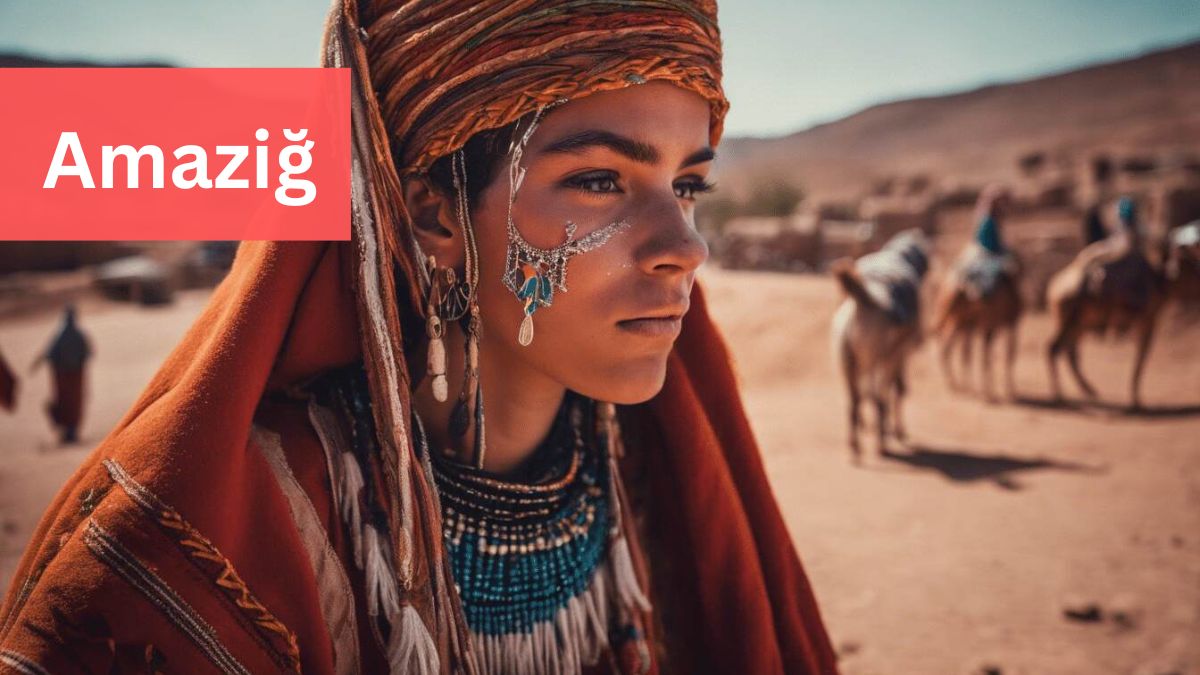



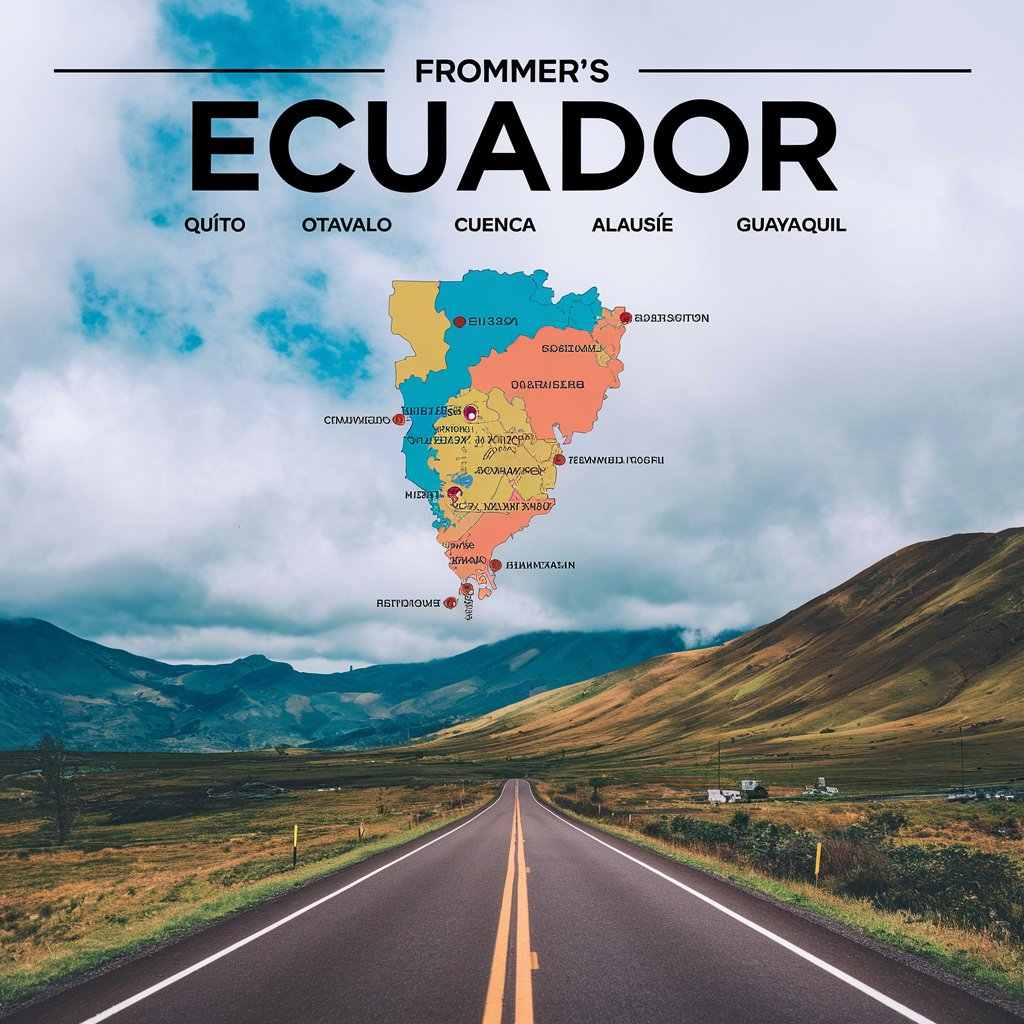








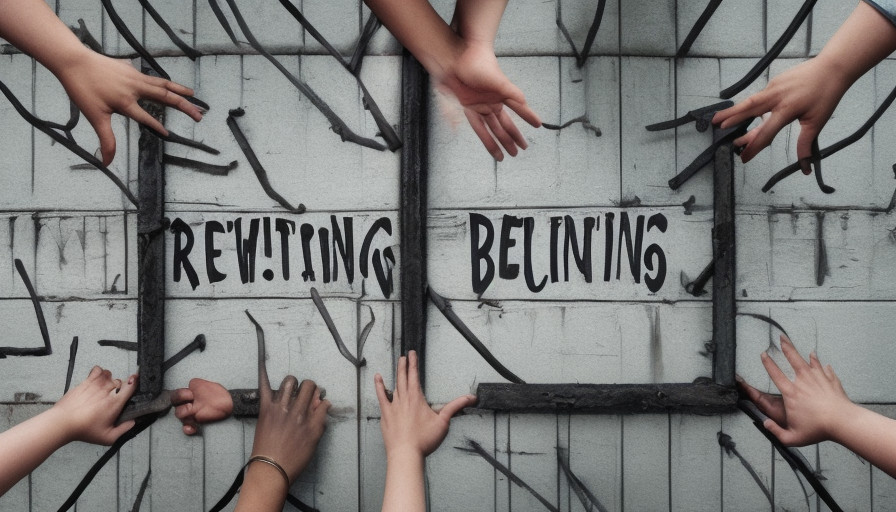






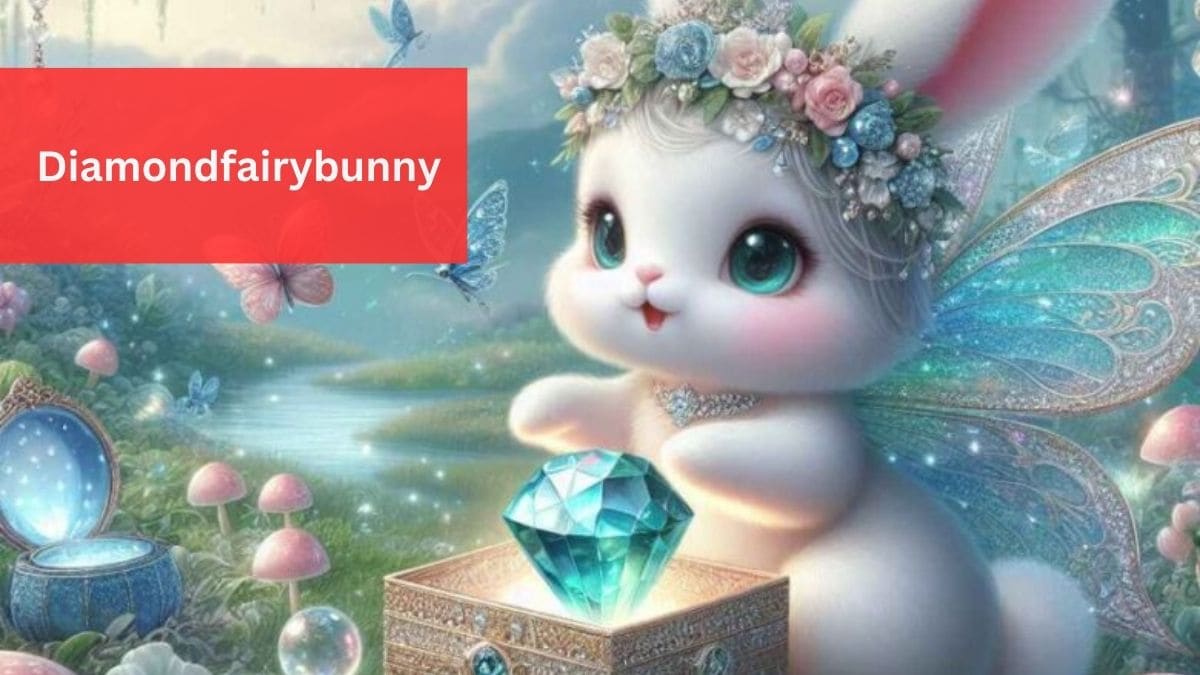







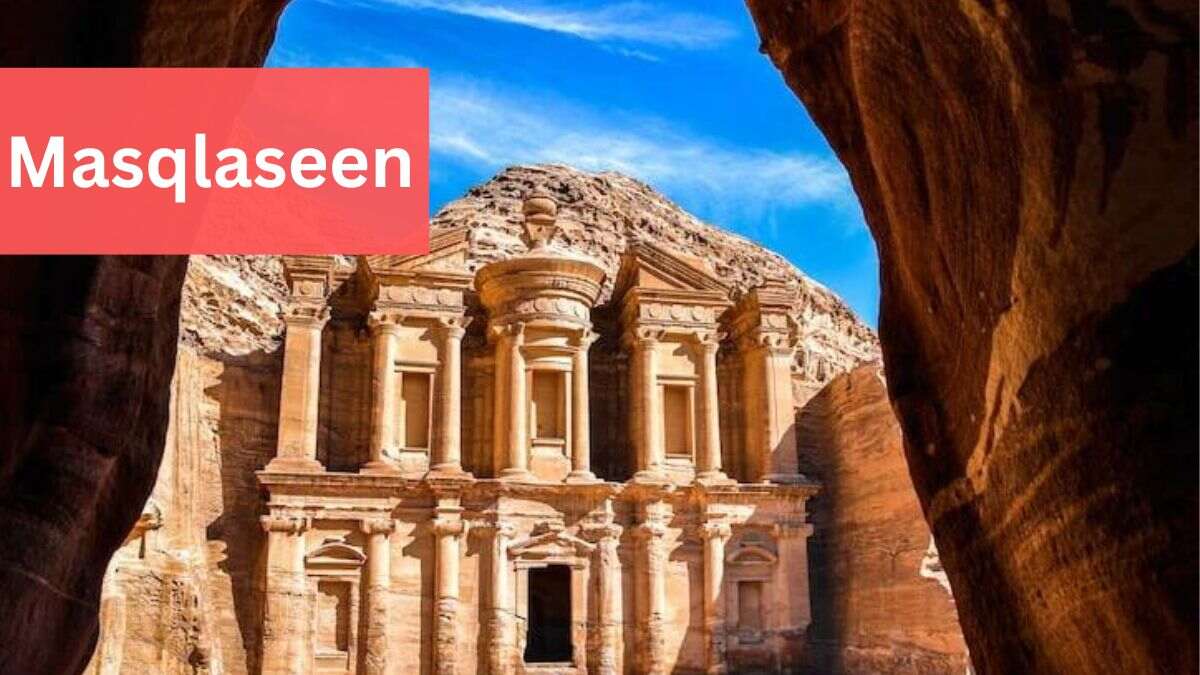









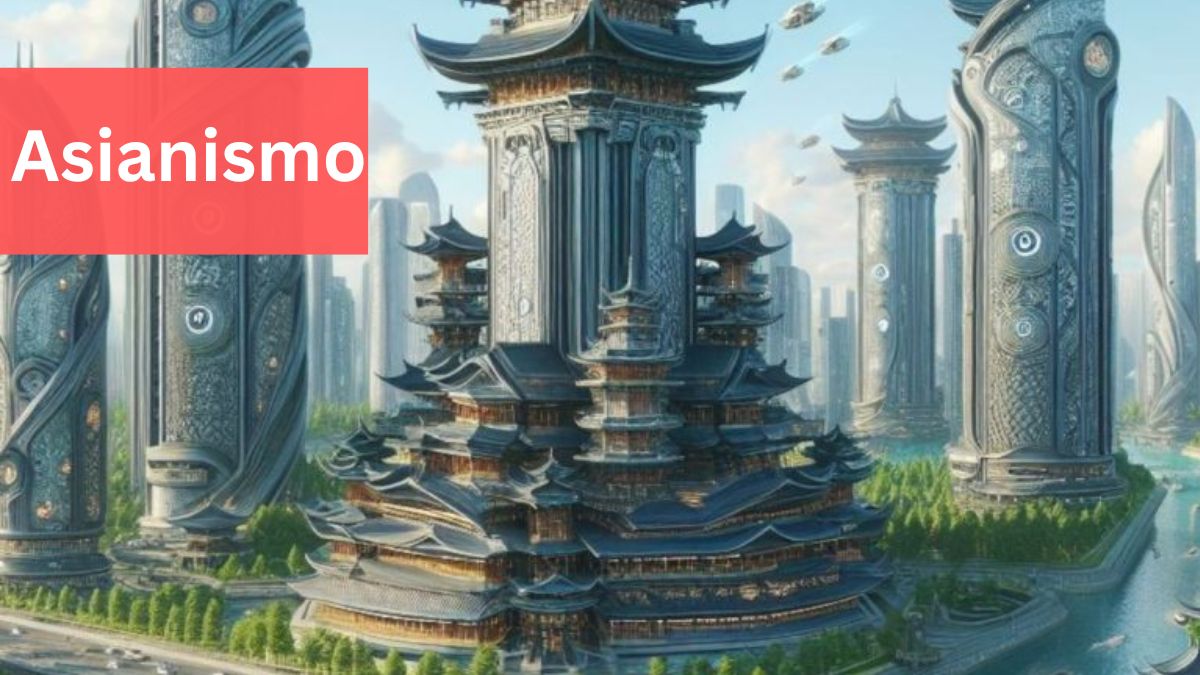






Leave a Reply